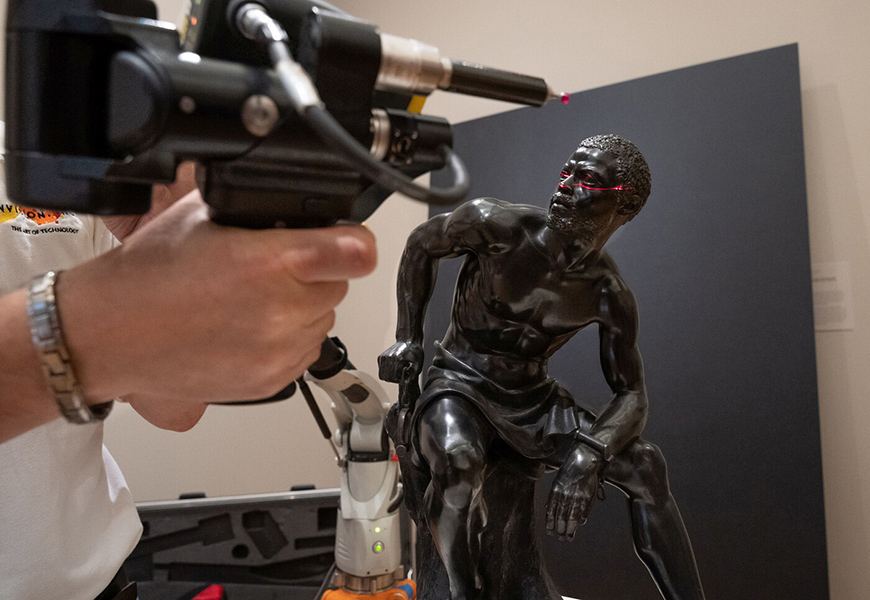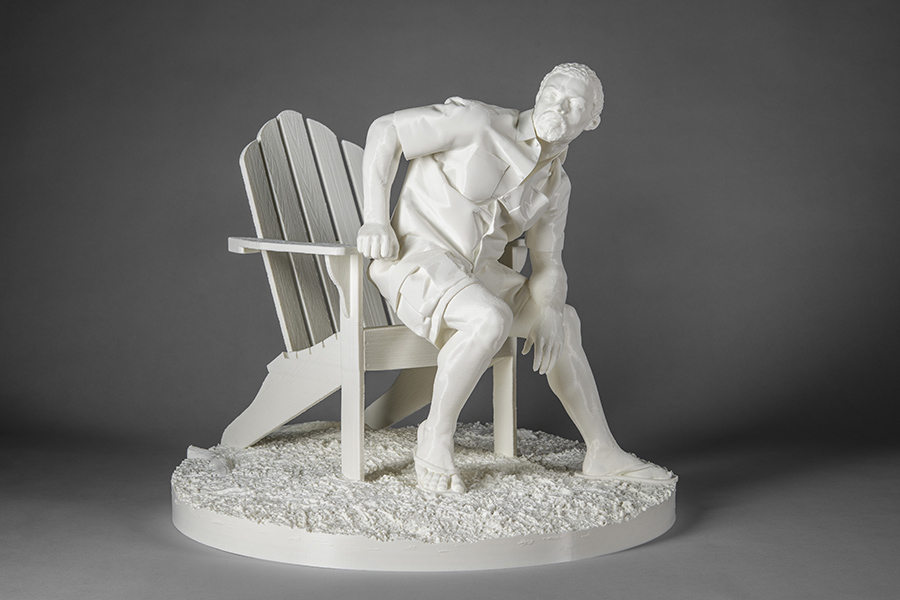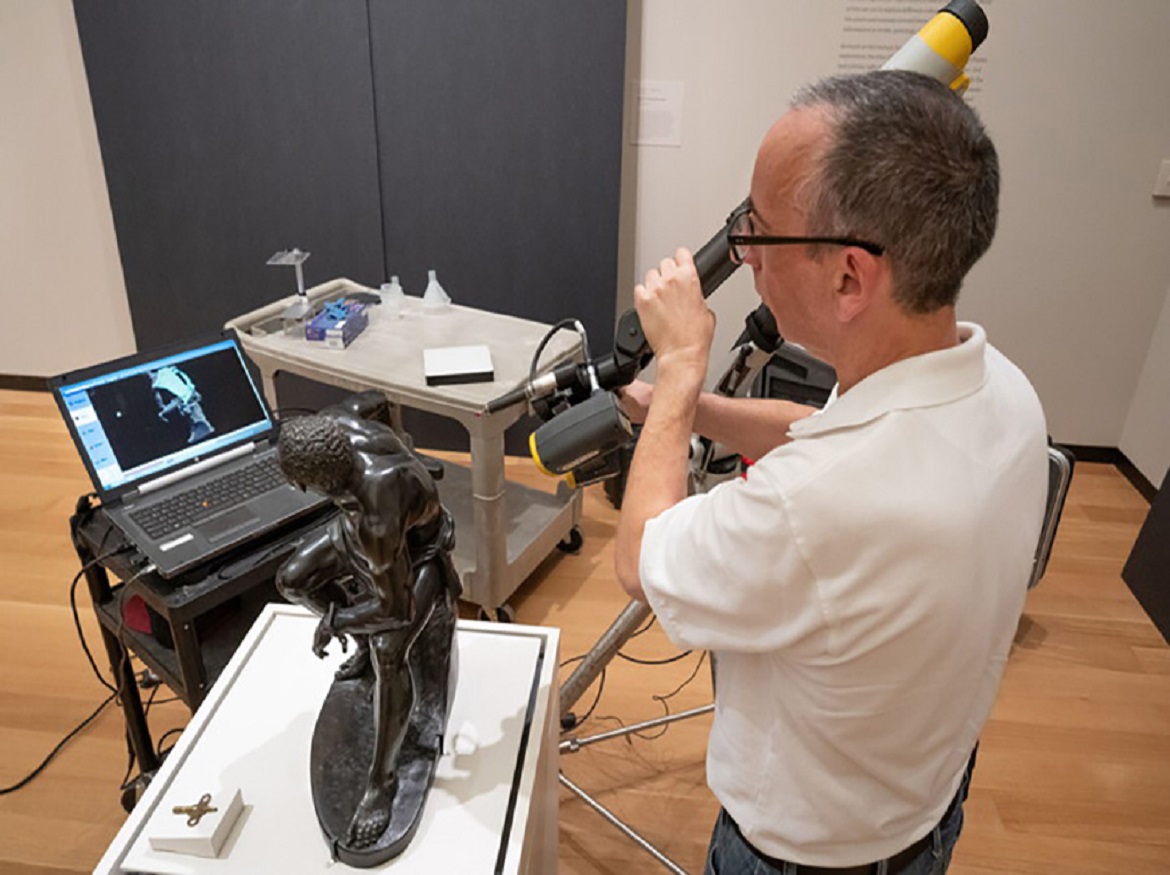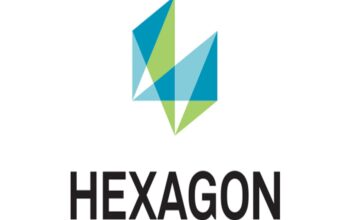It was made feasible by 3D laser scanning from NVision for a stunning “collaboration” between two sculptors who were 160 years apart. Hugh Hayden was able to use a digital replica of John Quincy Adams Ward’s revolutionary sculpture The Freedman from 1863 as a basis for a new, 3D-printed version of the Freedman thanks to the Southlake, Texas company’s precise scanning technology. The very precise surface geometry of the sculpture was captured by NVision’s scans and made available to Hayden as a 3D computer-aided design (CAD) file, which he subsequently digitally altered to produce a Freedman for the twenty-first century.
Hayden’s creation is a part of the exhibition Emancipation: The Unfinished Project of Liberation at the Amon Carter Museum of American Art in Fort Worth, Texas, which explores the concepts of freedom and emancipation both historically and currently via the works of seven Black contemporary artists and historical artwork. Lincoln’s Emancipation Proclamation served as the inspiration for Ward’s sculpture, a tribute to freedom from the Carter collection that was a stylistic trailblazer in the 19th century. Instead of portraying an African-American figure in a position of servitude, it portrays a classically positioned African-American figure on the verge of freedom with his chains of captivity broken, departing from the stereotype of powerless African-Americans. The fact that shackles are still on the man’s wrists in this 1863 sculpture, which was made during the height of the Civil War, illustrates the state of full emancipation at the time.
The Freedman by John Quincy Adams Ward, bronze, Amon Carter Museum of American Art, Fort Worth, Texas, 200.15
According to Maggie Adler, curator of paintings, sculpture, and works on paper at the Carter, “We wanted The Freedman to inspire living artists to create their own work in advance of our current Emancipation: The Unfinished Project of Liberation (link is external)exhibition.”To that purpose, we asked seven up-and-coming and established Black artists to respond to and discuss some of the themes Ward’s work raised. The artists were urged to examine Ward’s sculpture through the prisms of their own life and create an artistic statement in response.
Each artist responded to Carter’s prompt in a distinctive way; their works ranged from sculpture to photography to paper and textile creations, but Hayden took a standout route. He wanted to create a 3D-printed mould of The Freedman for the contemporary era, updating Ward’s painting to depict the original figure in a more modern setting.
This posed a really difficult issue. Traditional casting techniques, such as those Ward himself used to duplicate his sculptures, were disqualified since making the mould posed the danger of impairing the museum’s bronze cast in addition to compromising its appearance. Additionally, no human measurement method could adequately portray the statue’s expressiveness and complicated surface geometry.
Hayden needed all the dimensions of the sculpture in order to make the replica that would be the basis for his re-creation. But how can you accurately and nondestructively measure such complex curves and other features, such as an engraved memorial to the first black Union regiment on the right manacle?
The museum got in touch with NVision, a pioneer in 3D non-contact optical scanning and engineering services that has a long history of assisting sculptors in digitising their works for preservation and replication. According to Adler, “NVision has made a name for itself in helping much of the art world achieve its goals.” NVision has digitised sculptures from the Nasher Sculpture Centre (Dallas, TX), the Johnson Atelier Technical Institute of Sculpture (Mercerville, NJ), the Metropolitan Museum of Art (New York, NY), and Jeff Koons, the artist who created “Balloon Dog.”
NVision scanned the 19 34″ x 14 14″ x 10 12″ sculpture under the guidance of Carter curators and conservators using a HandHeld scanner, a potent portable laser scanner that can precisely capture 3D geometry from items of practically any size or shape. The scanning took less than a half-day to complete. “The NVision team was extremely sophisticated on both making sure that every fraction of an inch was measured and also, that no harm comes to our statute,” claims Adler.
Under the guidance of the museum’s curators and conservators, an NVision engineer scans The Freedman
The accuracy of the HandHeld scanner employed by NVision is +/- 0.025 mm or 25 microns, or +/- one-thousandth of an inch, and it can record 60,000 distinct spatial measurements every second. (A human hair is approximately 70 microns thick as a point of comparison.) This makes it the perfect way to gather information on the intricate geometry of works of sculpture.
The engineer is free to quickly and accurately gather the data thanks to the scanner’s attachment to a mechanical arm that moves around the sculpture. The scanner creates a “point cloud” of millions of points, each with x, y, z coordinates and i, j, k vectors, as the laser sweeps the sculpture’s surface. Each solitary point on the sculpture’s surface reflects a particular geographical place. The final point cloud surpasses previous measurement technologies in its accuracy in defining the object’s surface contours and dimensions.

The scanner’s red laser line may be seen as it gathers surface-measuring information from the artwork.
An STL (StereoLithography) polygonal file is created from the point cloud by the scanner’s integrated software, which also offers real-time rendering, full model modification, polygon reduction, and data output to all common 3D programmes. A 3D IGES/STEP/Parasolid model produced from an STL file is then transformed into the necessary CAD format.
“NVision created a rendering of The Freedman that is accurate to within a fraction of a human hair,” claims Adler. Mr Hayden then continued to modify the scans in ways that are significant to him in order to personalise the sculpture and 3D-printed the finished product in white plastic.
Hayden was able to digitally alter The Freedman’s intricate surface geometry to create his recreated sculpture thanks to NVision’s scans, which gave him a 3D digital model of the sculpture that could be viewed from any angle and size.

American Dream, 2023, plastic, Hugh Hayden (born 1983), courtesy of the artist
In Hayden’s revised sculpture, the original Freedman figure is depicted in new settings.
According to Steve Kersen, president of NVision, “This project was analogous to reverse engineering projects we do for the aerospace and other industries.” Engineers can modify product designs using the 3D CAD files produced by those scans. In this instance, it allowed a contemporary artist to add his own touch to a sculpture that was first made 160 years ago.
The Amon Carter Museum is now hosting the exhibition Emancipation: The Unfinished Project of Liberation through July 9th.
Click on the following link Metrologically Speaking to read more such news about the Metrology Industry.









